War graves in Belgium: Living among the dead
Belgium is without a doubt the best place to learn about World War I and to visit historical sites related to the war. It has a number of museums, most notably the In Flanders Field Museum in Ypres, and hundreds of cemeteries and monuments. In places, the scars are still visible of the relentless shelling and trench warfare that happened there. But it’s the Belgium war graves that struck me the most.
Disclosure: This article contains affiliate links. If you click on one and make a purchase, I will receive a small commission. This will not affect your price.
Living in the Ypres Salient
As we were driving through the countryside on the way to Ghent from Ypres, it occurred to me that these people – the ones who live in the houses we were passing – live among the dead.
There are lots of war graves in Belgium. One website lists 160 of them in the Ypres Salient (the area around Ypres) alone. Scroll down on that website and you’ll see the list.
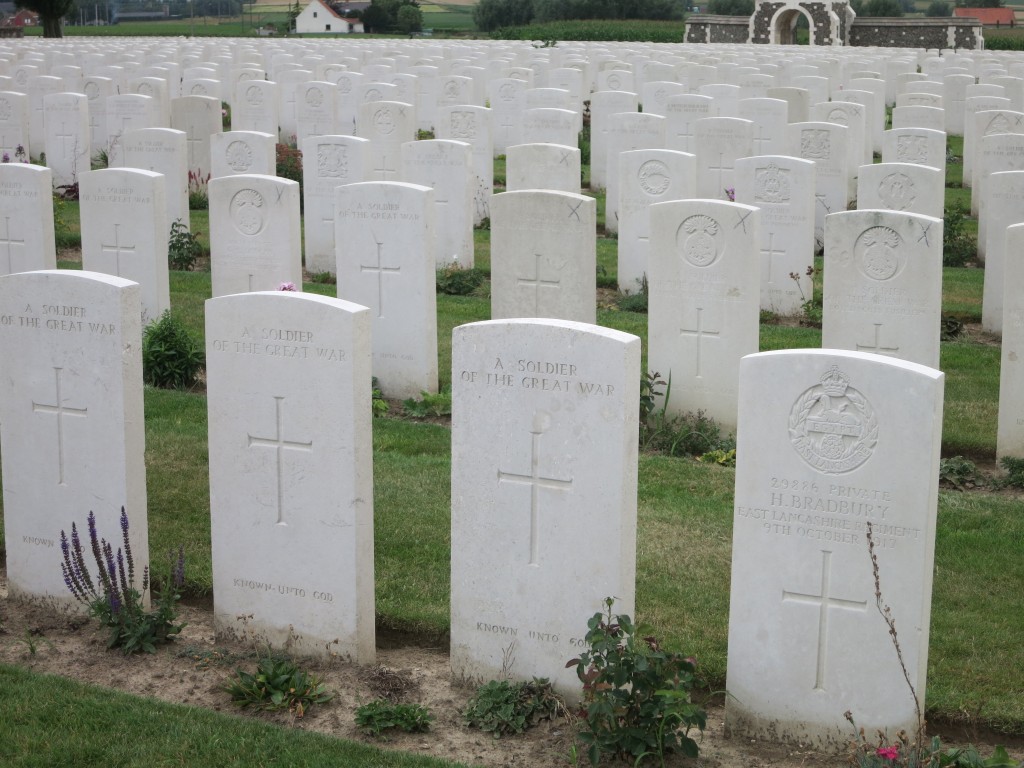
The war cemetery we visited, Tyne Cot, with 60,000 or so graves, is one of the best known. Like many of them, it seems an absolute sea of identical gravestones. They’re not really identical, of course: some have names, some don’t, in which case they are inscribed with “Known unto God.” Some have information about the soldier’s rank, nationality and so on. Most have a cross, and some have personal messages on them as well, presumably from their families. But we also passed many smaller cemeteries along the roads.
There are also World War I war memorials all over Belgium. This website lists 71 monuments and memorials just in the Ypres Salient.
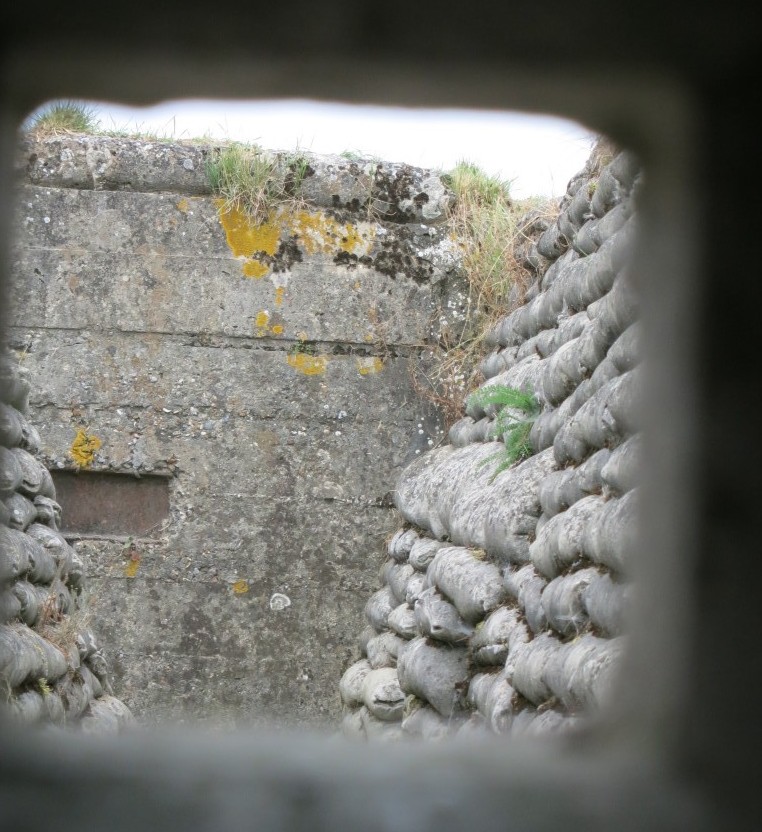
And there are other sites besides war graves in Belgium: battlefields, trenches in various states of decay, bunkers, and so on. You can even spot battlefields and the remains of trenches as you drive along the road. While fields on farms have been evened out, I spotted wooded areas that looked unnaturally uneven, bumpy with craters.
The people who live in the Ypres Salient must see reminders every single day of the four years of bloody fighting that happened here: on their way to work, or grocery shopping, or visiting friends or whatever. Many also earn their living either directly or indirectly from the World War I-related tourist industry.
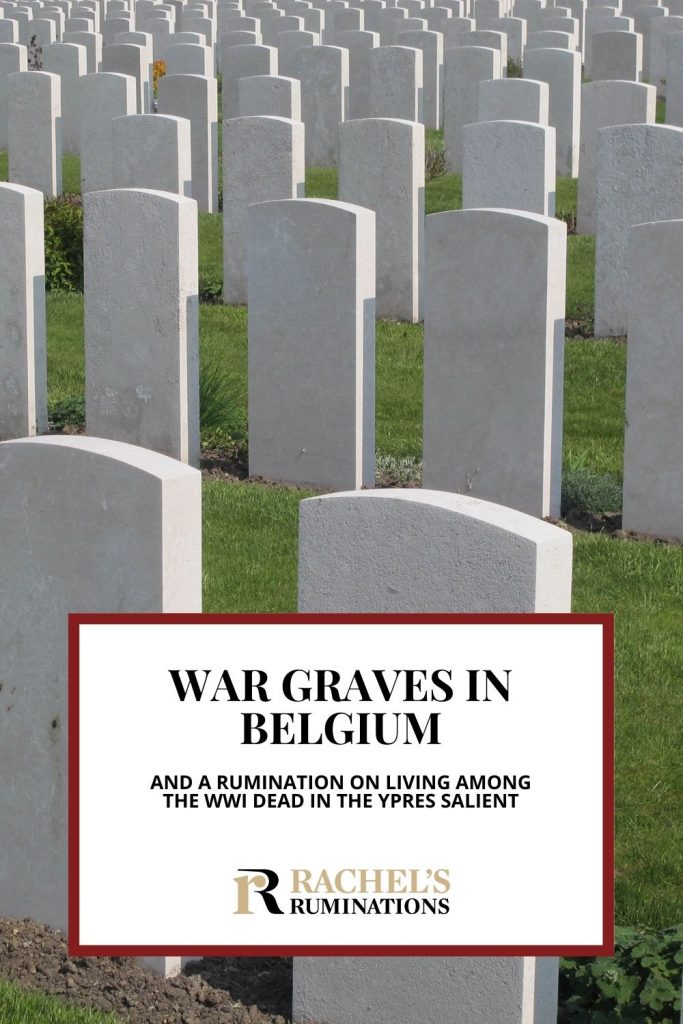
How do you suppose they deal with living among the dead? Do they completely ignore it, put it out of their minds? Or do they think about the slaughter that happened here? Do they ever feel haunted by all those young men who lost their lives here, many of whose bodies were never recovered, or whose bodies were recovered but never identified? Does it affect how they live their lives? Or are they so inured to the facts and figures that it can’t move them anymore, as it does those of us who visit?
I read at the In Flanders Fields Museum that World War I artifacts still turn up frequently: plowed up by farmers, for example, or excavated during construction work. There was even a skeleton on exhibit that only recently turned up at a construction site. So the residents here, particularly farmers or construction workers, could suddenly come face to face with the remnants of the war at any time.
What is it like to live among the dead this way?
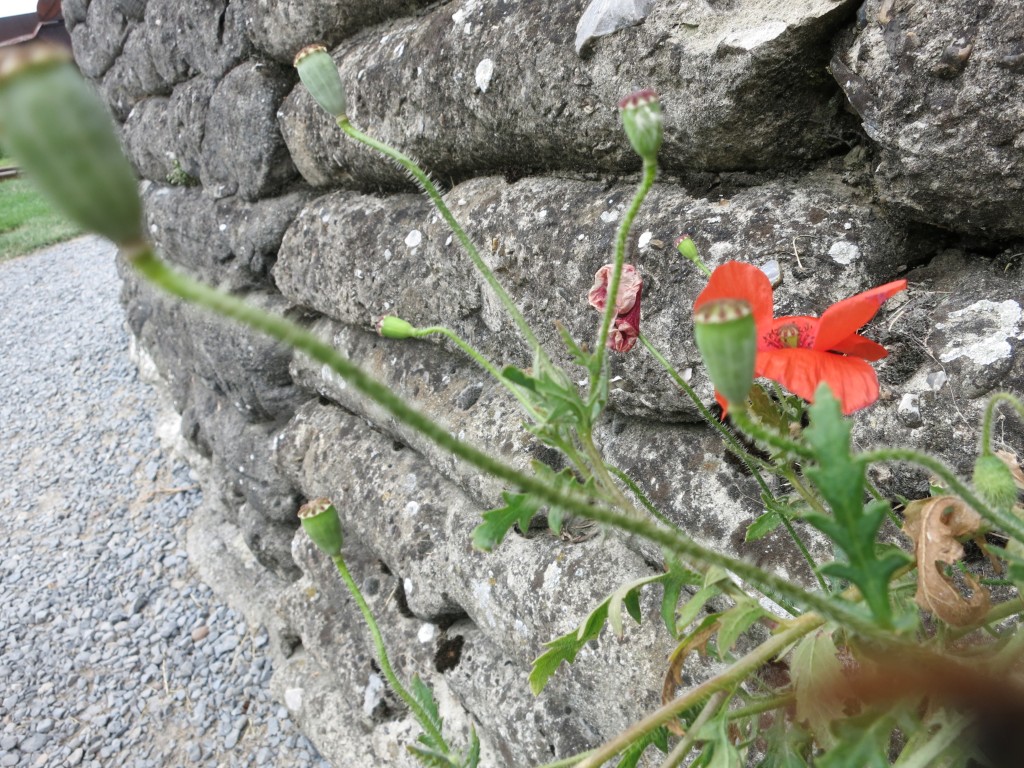
Visiting the Ypres Salient in Belgium
If you are going to travel in Belgium, at a minimum, you should
- visit the In Flanders Field Museum in Ypres, an excellent way to understand what happened in this part of Belgium,
- attend “The Last Post” at the Menin Gate in Ypres at sundown, and
- stop at at least one of Belgium’s war cemeteries. It’s the least you could do to honor the sacrifice these soldiers made.
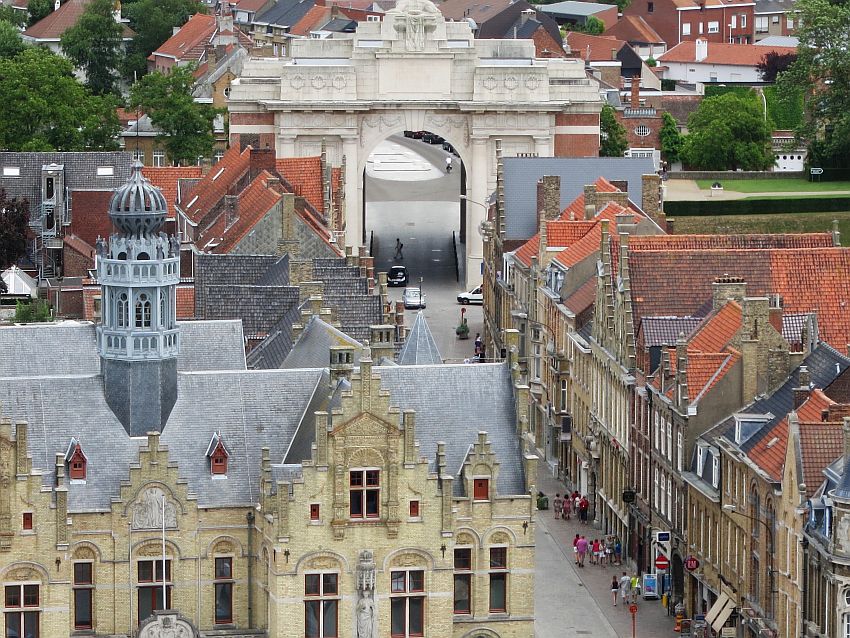
Looking to rent a car for your exploration of World War I history? Use this link.
If you do not have a car at your disposal, a number of companies offer tours to the Ypres Salient from various Belgian cities like Brussels and Bruges. Here is a link to a list of these tours.
If you are going to stay the night in the Ypres (a.k.a. Ieper) area – and you should – use the map below to book your accommodation:
Have you visited any war graves in Belgium? I’d especially like to hear from anyone who lives in this region; what are your thoughts on this? Leave a comment below!
Updated in June 2021.
My travel recommendations
Planning travel
- Skyscanner is where I always start my flight searches.
- Booking.com is the company I use most for finding accommodations. If you prefer, Expedia offers more or less the same.
- Discover Cars offers an easy way to compare prices from all of the major car-rental companies in one place.
- Use Viator or GetYourGuide to find walking tours, day tours, airport pickups, city cards, tickets and whatever else you need at your destination.
- Bookmundi is great when you’re looking for a longer tour of a few days to a few weeks, private or with a group, pretty much anywhere in the world. Lots of different tour companies list their tours here, so you can comparison shop.
- GetTransfer is the place to book your airport-to-hotel transfers (and vice-versa). It’s so reassuring to have this all set up and paid for ahead of time, rather than having to make decisions after a long, tiring flight!
- Buy a GoCity Pass when you’re planning to do a lot of sightseeing on a city trip. It can save you a lot on admissions to museums and other attractions in big cities like New York and Amsterdam.
Other travel-related items
- It’s really awkward to have to rely on WIFI when you travel overseas. I’ve tried several e-sim cards, and GigSky’s e-sim was the one that was easiest to activate and use. You buy it through their app and activate it when you need it. Use the code RACHEL10 to get a 10% discount!
- Another option I just recently tried for the first time is a portable wifi modem by WifiCandy. It supports up to 8 devices and you just carry it along in your pocket or bag! If you’re traveling with a family or group, it might end up cheaper to use than an e-sim. Use the code RACHELSRUMINATIONS for a 10% discount.
- I’m a fan of SCOTTeVEST’s jackets and vests because when I wear one, I don’t have to carry a handbag. I feel like all my stuff is safer when I travel because it’s in inside pockets close to my body.
- I use ExpressVPN on my phone and laptop when I travel. It keeps me safe from hackers when I use public or hotel wifi.


